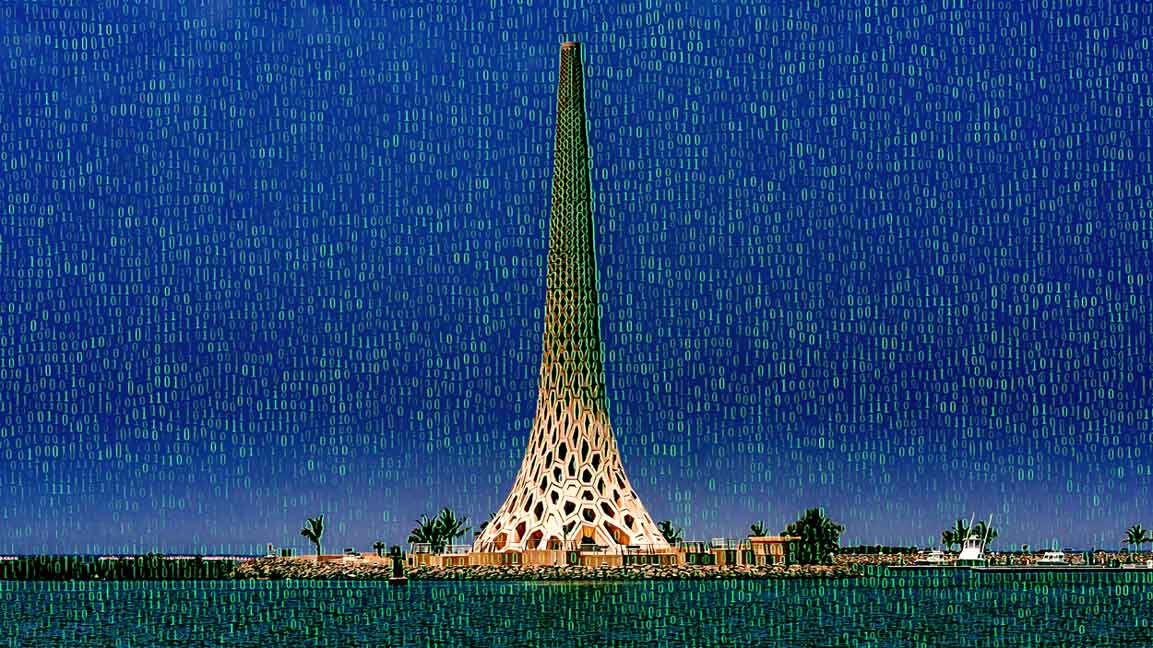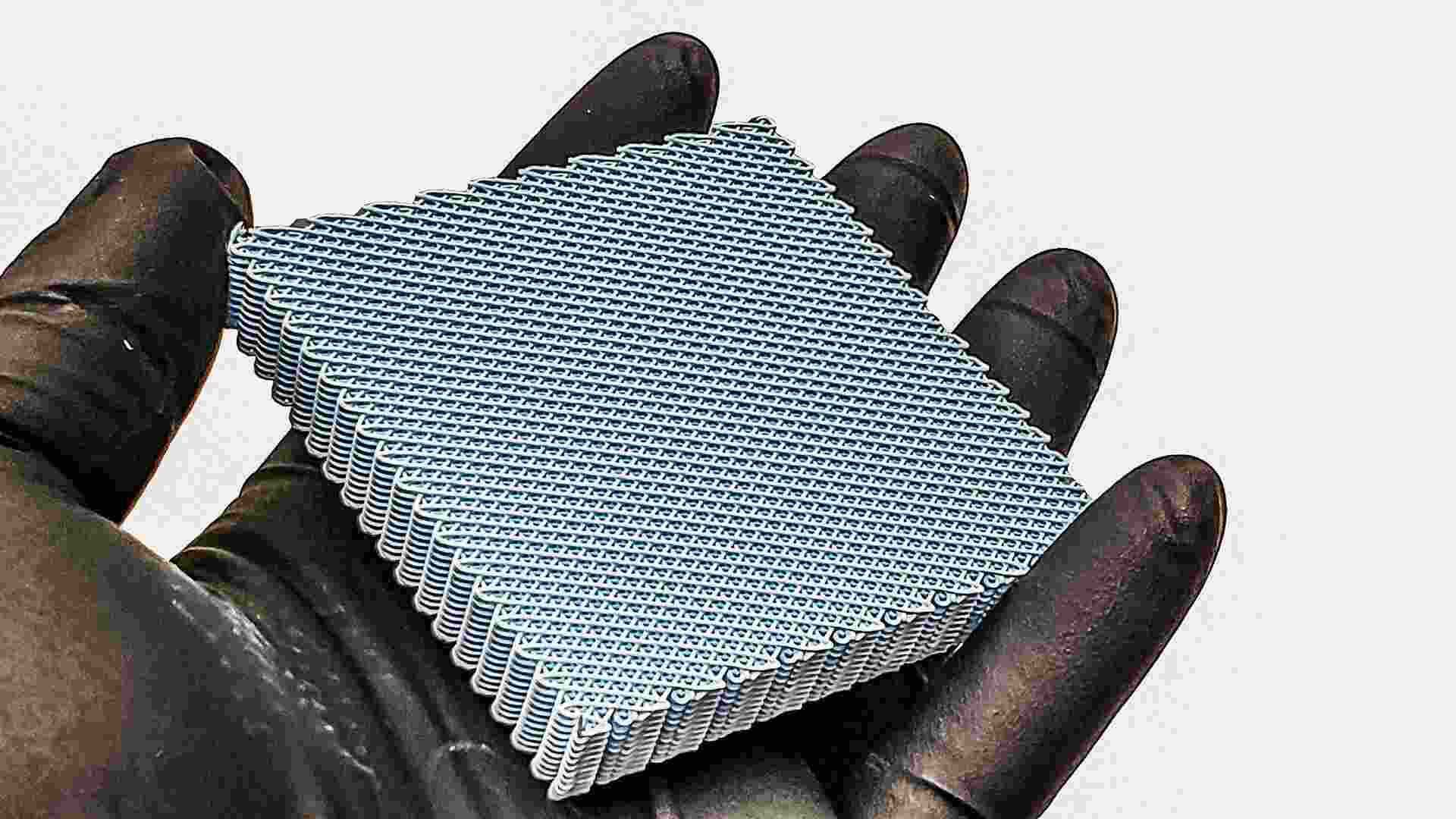- | 11:30 am
Middle East to power up its fastest supercomputer in 2023
Shaheen III will be the most powerful supercomputer in the region, tackling problems that have a societal and environmental impact

Supercomputing seems to be the answer to solving challenging scientific and engineering problems in a world where quick vaccine discovery to fight a pandemic, boosting clean energy systems to increase sustainability, and creating new possibilities in AI have become a necessity.
Nations are invested in upping their supercomputing capacities as it lies at the crux of global innovation, industry competitiveness, and economic growth.
To advance its research in fields such as food, water, energy, and the environment, King Abdullah University of Science and Technology (KAUST) has selected Hewlett Packard Enterprise (HPE) to build its next-generation supercomputer, Shaheen III, to deliver state-of-the-art supercomputing and artificial intelligence (AI) capabilities.
Expected to be 20 times faster than KAUST’s current system, Shaheen III will be the most powerful supercomputer in the Middle East to tackle crucial problems that impact society and the environment.
The new Shaheen III system, set to be operational in 2023, will completely transform KAUST’s capacity to process enormous volumes of data at breakneck speeds and scales, opening up new opportunities for AI research.
The HPE Cray EX supercomputer, a new generation platform designed to handle unparalleled performance and scale, including approaching exaflop speed, will be used to construct Shaheen III.
The new supercomputer will process unique data sets in focus areas such as clean combustion, Red Sea ecosystems, climate modeling, and the Arabian tectonic plate while delivering analyses, models, and simulations at a superior resolution level.
In 2015, Shaheen II, which replaced Shaheen I in the same year, earned a Top 10 spot on the Top500.org list of most powerful supercomputers. The system has been used for scientific research, including global climate projects and visualizations of the brain and DNA.































